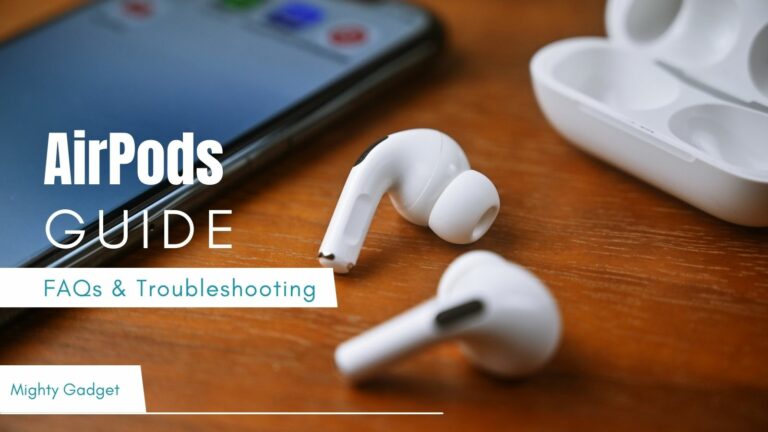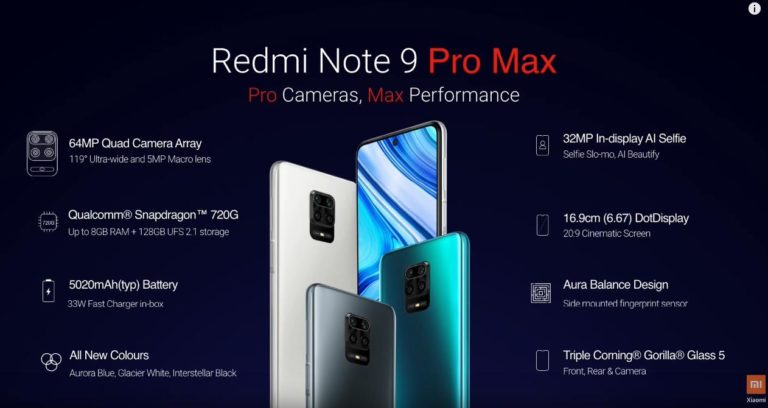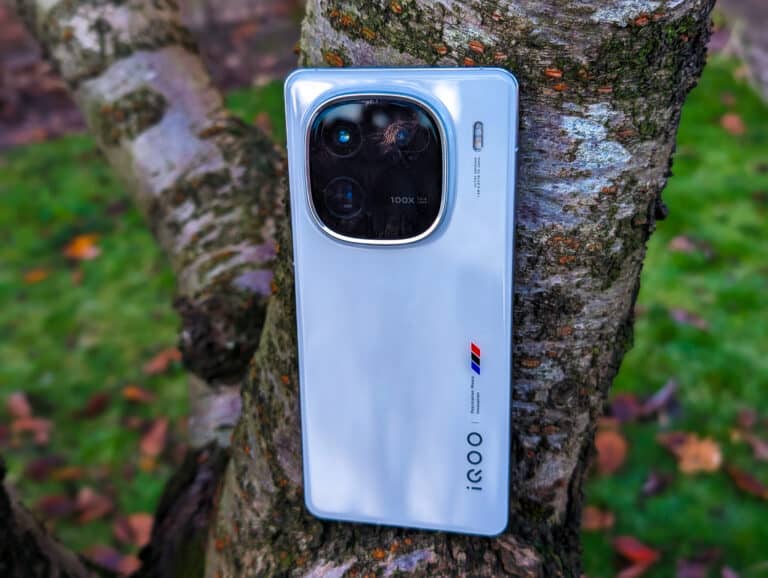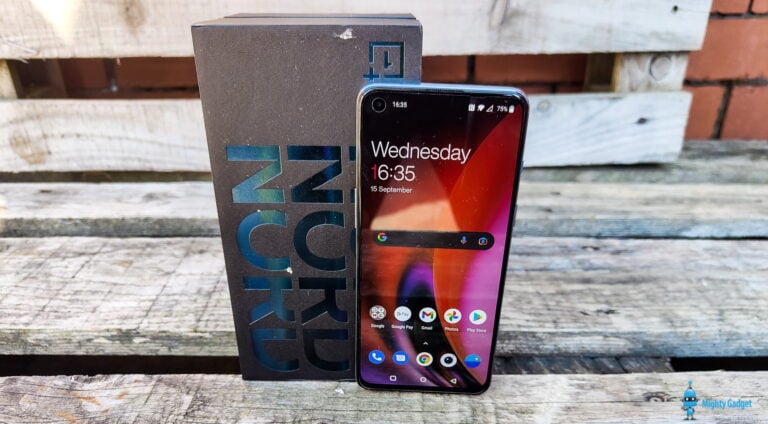Any links to online stores should be assumed to be affiliates. The company or PR agency provides all or most review samples. They have no control over my content, and I provide my honest opinion.
I am currently in the process of reviewing the Ubiquiti UniFi 6 Lite. This new Wi-Fi 6 access point is quite exciting (to me) with it being the most affordable option on the market by a considerable margin.
Ubiquiti is also an appealing choice for home users, SOHO and microbusiness thanks to the affordable hardware and free to use UniFi Network Controller, which you can deploy yourself or through a Cloud Key or other Ubuiqiti device with it built-in.
I tend to be a bit price and specification obsessed with my buying habits, always wanting the best performance for my money, so all my reviews look at compting devices.
During my review, I have gone down a rabbit hole of looking at the other access points from Ubiquiti.
The UniFi 6 Lite is just €10 more than the Wi-Fi 5 model, so in my opinion, dependant on stock levels, there is no point buying the Wi-Fi 5 model over the UniFi 6 Lite.
But how do all the access points stack up against each other?
All my data is taken directly from eu.store.ui.com, while I will have no doubt missed bits, most things that are not stated are because Ubiquiti haven’t listed the spec.
Ubiquiti UniFi 6 Lite via UniFi 6 Long-Range vs Wi-Fi 5 Lite vs Wi-Fi 5 LR vs UniFi AC Pro vs UniFi nanoHD
| Ubiquiti Access Points | UniFi 6 Lite | UniFi 6 Long-Range | Wi-Fi 5 UniFi Lite | Wi-Fi 5 UniFi LR | UniFi AC Pro | UniFi nanoHD |
|---|---|---|---|---|---|---|
| Processor | 880 MHz MIPS 1004 Kec | Dual-Core Cortex A53 at 1.35 GHz | Not stated | Not stated | Not stated | Not stated |
| Ram | 256 MB | 512 MB | Not stated | Not stated | Not stated | Not stated |
| MIMO | 2 x 2 | 4 x 4 | 2 x 2 | Not stated but I assume 2x2 | 3x3 | 5 GHz Band 4x4 2.4 GHz Band 2x2 |
| Channel Width | 20/40/80 | 20/40/80/160 | 20/40/80 | 20/40/80 | 20/40/80 | 20/40/80 |
| Wi-Fi 4 Suported Data Rate | 6.5 Mbps to 300 Mbps | 6.5 Mbps to 600 Mbps | 6.5 Mbps to 300 Mbps | 6.5 Mbps to 450 Mbps | 6.5 Mbps to 450 Mbps | 300 Mbps |
| Wi-Fi 5 Suported Data Rate | 6.5 Mbps to 866.7 Mbps | 6.5 Mbps to 1.7 Gbps | 6.5 Mbps to 867 Mbps | 6.5 Mbps to 867 Mbps | 6.5 Mbps to 1300 Mbps | 1733 Mbps |
| Wi-Fi 6 Suported Data Rate | 6.3 Mbps to 1.2 Gbps | 7.3 Mbps to 2.4 Gbps | N/A | N/A | N/A | N/A |
| Claimed Range | Not stated | Not stated | 122 meters | 183 meters | 122 meters | Not stated |
| Ethernet | Gigabit | Gigabit | Gigabit | Gigabit | (2) Gigabit Ethernet | Gigabit |
| Power Method | 802.3af PoE, Passive PoE (48V) | PoE+, Passive PoE (48V) | Passive Power over Ethernet (24V) | 802.3af/A PoE 24V Passive PoE | 802.3af/A PoE 24V Passive PoE | 802.3af/A PoE 24V Passive PoE |
| Max. Power Consumption | 12W | 16.5W | 6.5W | 6.5W | 9W | 10.5W |
| Max. TX Power | 23 dBm | 26 dBm | 20 dBm | 2.4 GHz: 24 dBm 5 GHz: 22 dBm | 22 dBm | 23 dBm 26 dBm |
| Antenna Gain 2.4Ghz/5Ghz | 2.8 dBi/3 dBi | 4 dBi / 5.5 dBi | 3 dBi | 2.4 GHz: 3 dBi, 5 GHz: 3 dBi | 2.4 GHz: 3 dBi, 5 GHz: 6 dBi | 2.8 dBi 3 dBi |
| Concurrent Clients | 300+ | 300+ | 200+ | 250+ | 200+ | 200+ |
| Operating temps | 30 to 60° C (-22 to 140° F) | -30 to 60° C (-22 to 140° F) | -10 to 70° C | -10 to 70° C | -10 to 70° C | -10 to 70° C |
| IP Rating | None stated | IP54 rated (semi-outdoor) | Not stated | Not stated | Not stated | |
| Dimensions | 160 x 160 x 32.65 mm | 220 x x 220 x 48 mm | 160 x 160 x 31.45 mm | 175.7 x 175.7 x 43.2 mm | 196.7 x 196.7 x 35 mm | 160 x 160 x 32.65 mm |
| Required Controler Version | 5.14.3 or higher | 6.0.34 or higher | Not stated | Not stated | Not stated | Not stated |
| Price | €79.00/€95.59 VAT incl. £87-ish | €149.00 /€180.29 VAT incl. £165-ish | €69,00 €83,49 VAT incl. | €89,00 €107,69 VAT incl. | €119,00 €143,99 VAT incl. | €149,00 €180,29 VAT incl. |
| Price Difference vs WiFi 5 Lite | 14.50% | 116% | 0 | 29% | 72% | 115% |
| Price Difference vs WiFi 6 Lite | 0% | 88% | minus 12% | 12% | 50% | 88% |
| Price Difference vs WiFi 6 LR | minus 47% | 0% | minus 54% | minus 40% | minus 20% | 0% |
MIMO, Channel Width and Data Rate
Most clients connect on 2×2, but there are some Wi-Fi 5 devices that can do 3×3 and 4×4 so the AC Pro and nanoHD can theoretically achieve higher speeds than the UniFi 6 Lite.
More MIMO streams will also handle more users better, but for home users with a small number of users. So the UniFi 6 Long-Range Access and nanoHD should be excellent choices for business or even busy home environments.
The UniFi 6 Long-Range is the only device that can offer up to 160Mhz channel width, this should allow it to offer significantly faster speeds than all the other devices. However, the 5Ghz channel can only handle a couple of these without crossover. I have had good success using it on a single router with 160Mhz to achieve over gigabit speeds, but I have never tried running multiple APs all on 160Hz. I suspect most people will be bette off with 80Mhz which will offer close to the gigabit speeds the Ethernet is limited to, anyway.
Power Consumption
Both the Wi-Fi 6 models appear to have significant advantages vs the older models, you have more powerful radios, they can handle more users, then, of course, Wi-Fi 6 offers superior speeds.
All this comes at a cost, max power consumption has gone up a lot. Almost double for the Lite models and 2.5 times for the long-range model
At the time of writing the UniFi 6 Lite pulls just over 4W normally from my Zyxel POE switch, and it has only once hit 6W. This is less than the Zyxel NWA1123-AC-HD I use around my home, which draws 7W-10W.
Radio/Antenna/Range
My knowledge of antennas and gain is a bit limited, as a home user it is never something that has concerned me too much, but I will go with the bigger, the better. You can always dial down the power if you have issues with interference between APs.
Annoyingly the range of the UniFi 6 Long-Range is not listed, but it has considerably better power and Antenna gain so it seems logical that the range is much further.
Other Bits

The UniFi 6 Lite, 5 Lite and nanoHD all have the same dimensions and are all compatible with the skins available. Personally, I couldn’t care about this, but I appreciate the appeal of something more discrete in a home environment.
Based on that, the UniFi 6 LR may be off-putting for home users because it is massive at 220 x x 220 x 48 mm
The UniFi 6 Long-Range Access Point is specifically stated as having IP54, combined this with its superior range to all the other APs this looks like it could cover a massive area if tactically placed outdoors (somewhere semi-protected from rain). This would also make it quite an affordable outdoor access point.
Prices
The prices make for an interesting comparison. The UniFi 6 Lite is only €10 more than the Wi-Fi 5 model, but the UniFi 6 Long-Range is €60 more than the Wi-Fi 5 LR.
However, this appears to offer much more than just a Wi-Fi 6 upgrade, you now get 160Mhz channel width, 4×4 MIMO, more powerful radio and antenna, an IP rating with wider operating temperatures and improved concurrent user capacity.
If you are not fussed about looks, the UniFi 6 Long-Range also appears to be a better buy than the nanoHD offering a superior spec all around, but in a much bigger body.
Overall
The first two Wi-Fi 6 APs from Ubiquiti appear to offer more than just a Wi-Fi 6 upgrade, while at the same time, they have managed to keep the prices reasonable.
The only notable omission is the lack of multigig Ethernet, which I expect will come at a later date with a UniFi AX Pro or another upgraded alternative.
I am James, a UK-based tech enthusiast and the Editor and Owner of Mighty Gadget, which I’ve proudly run since 2007. Passionate about all things technology, my expertise spans from computers and networking to mobile, wearables, and smart home devices.
As a fitness fanatic who loves running and cycling, I also have a keen interest in fitness-related technology, and I take every opportunity to cover this niche on my blog. My diverse interests allow me to bring a unique perspective to tech blogging, merging lifestyle, fitness, and the latest tech trends.
In my academic pursuits, I earned a BSc in Information Systems Design from UCLAN, before advancing my learning with a Master’s Degree in Computing. This advanced study also included Cisco CCNA accreditation, further demonstrating my commitment to understanding and staying ahead of the technology curve.
I’m proud to share that Vuelio has consistently ranked Mighty Gadget as one of the top technology blogs in the UK. With my dedication to technology and drive to share my insights, I aim to continue providing my readers with engaging and informative content.
Last update on 2025-07-12 / Affiliate links / Images from Amazon Product Advertising API









![Aukey Basix Pro PD Wireless Power Bank Charger Review Mighty Gadget Aukey Basix Pro PD Wireless Power Bank Charger Review [PB-WL02]](https://mightygadget.co.uk/wp-content/uploads/2023/03/Aukey-Basix-Pro-PD-Wireless-Power-Bank-Charger-Review-Mighty-Gadget-768x578.jpg)
